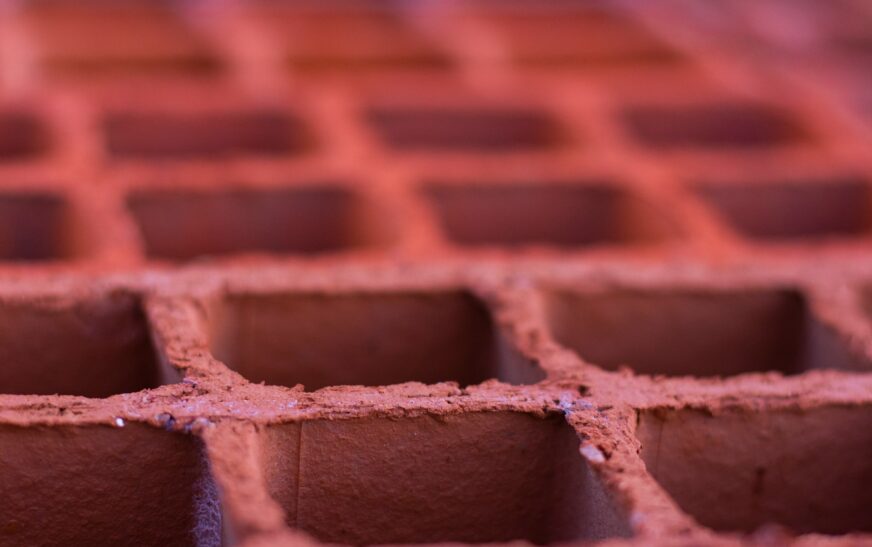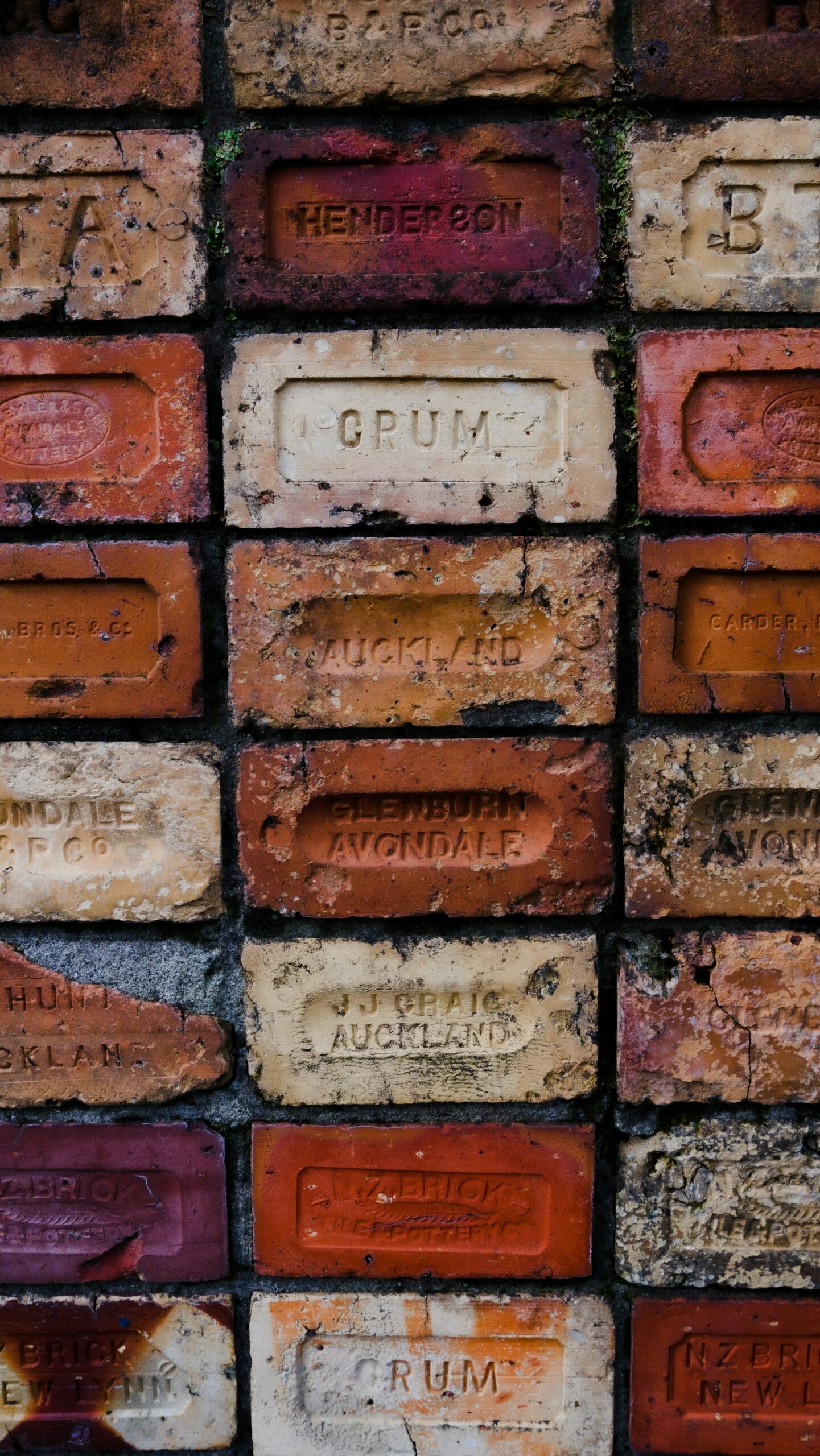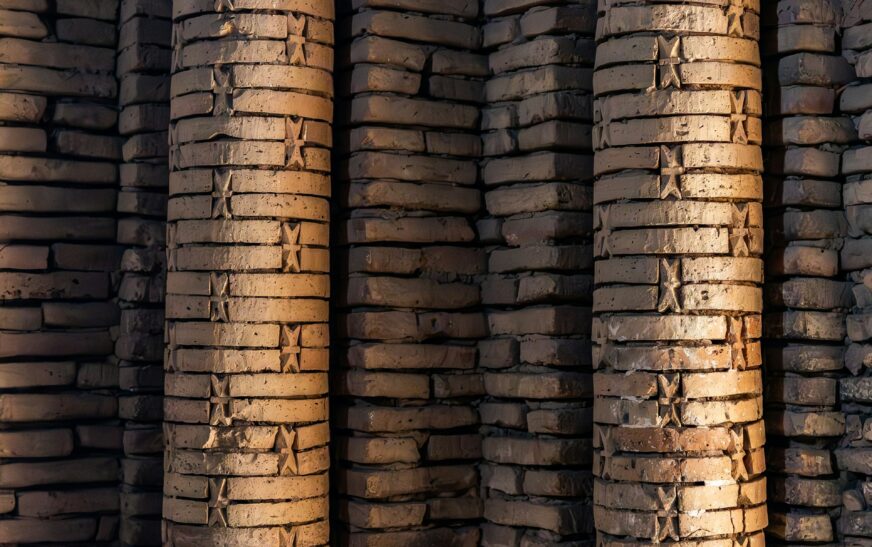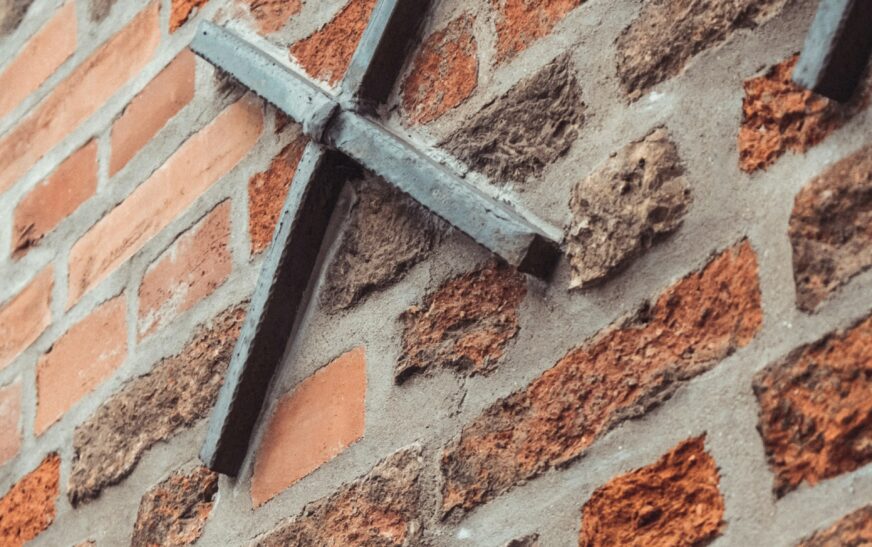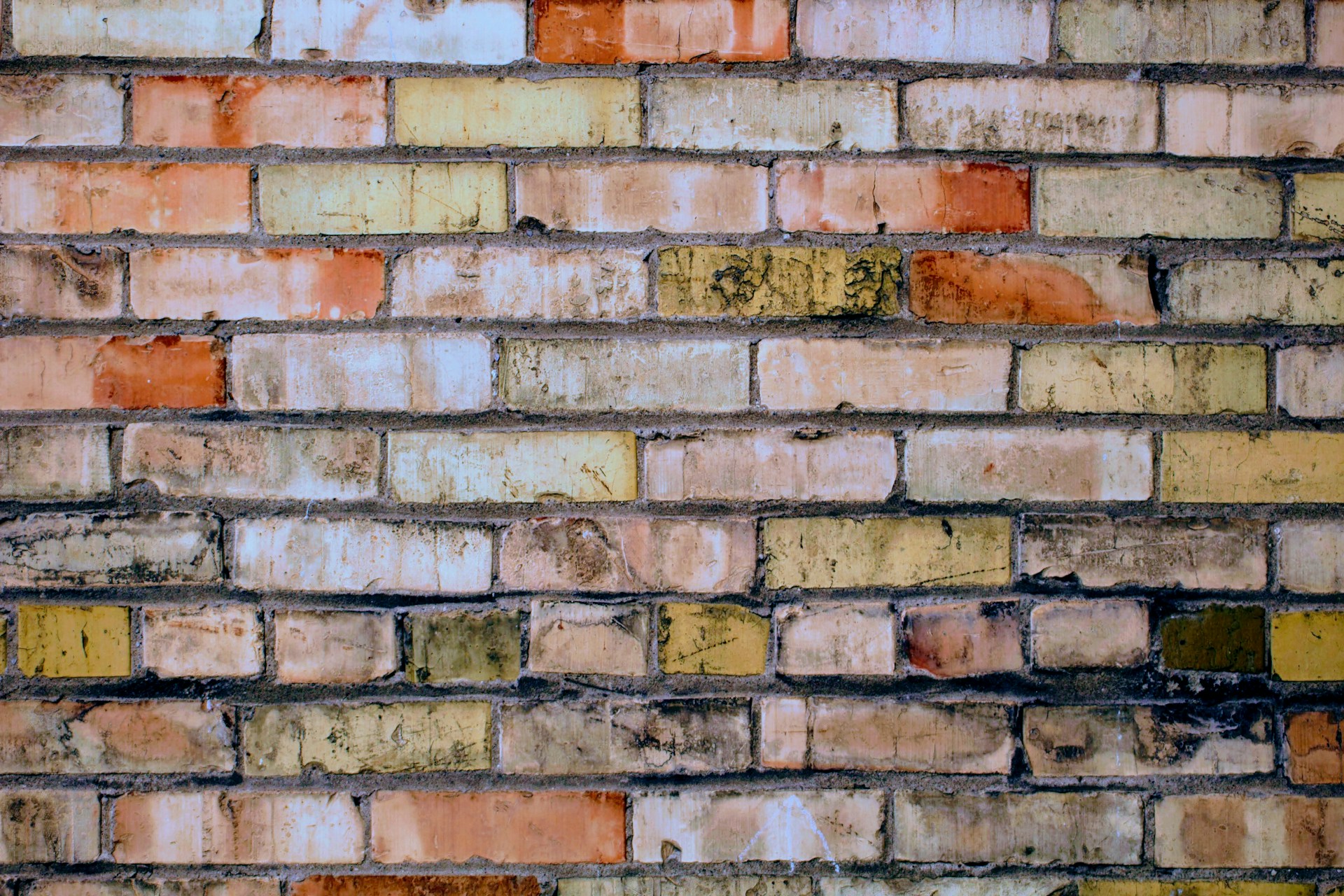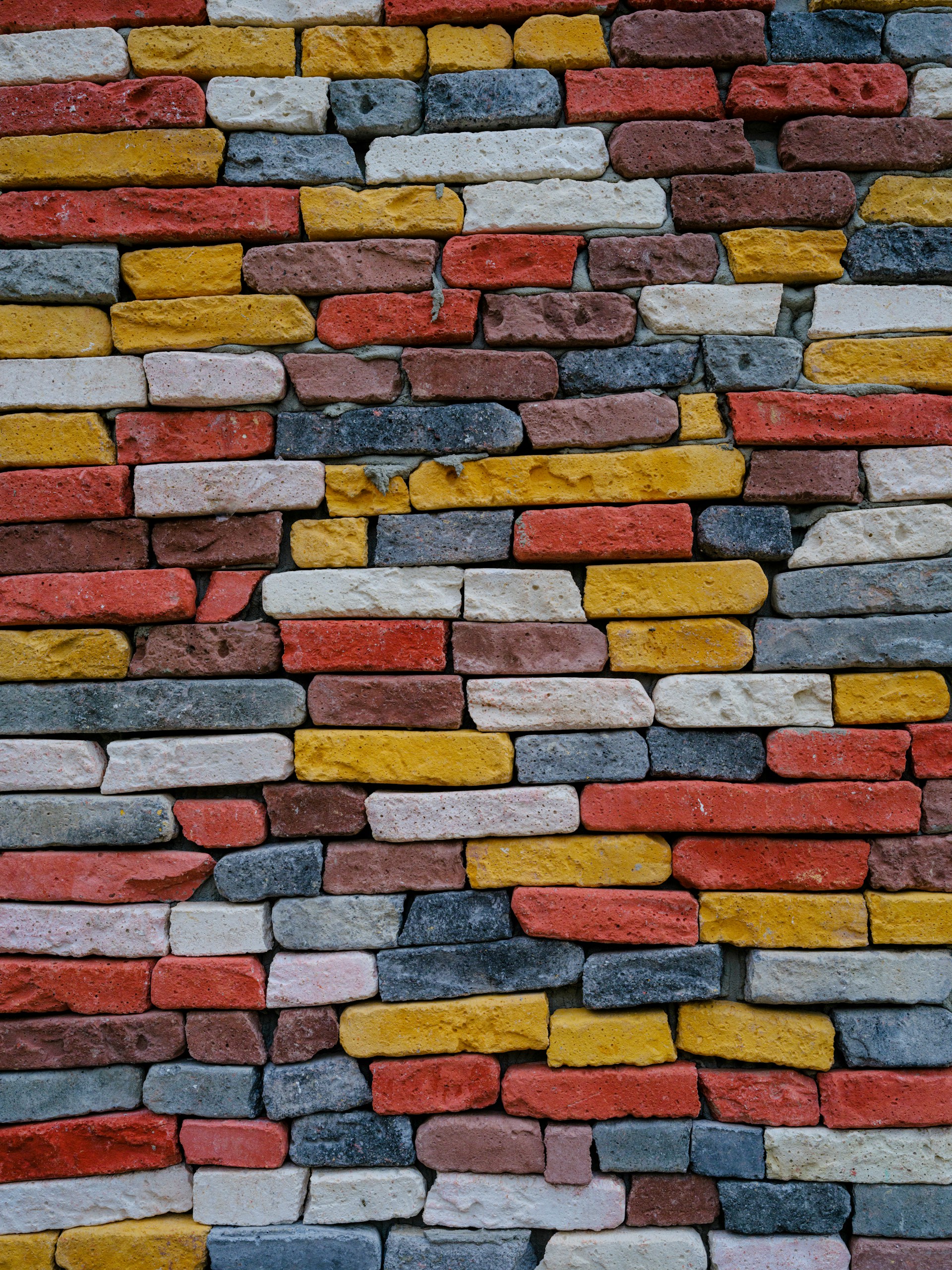Bricks—they’re tough, timeless, and basically the superheroes of building materials. They shrug off weather, fire, and general wear like it’s no big deal. But what happens when your trusty bricks are no longer needed? Maybe you tore down an old wall, revamped a patio, or ended up with a pile of extra bricks from a construction project. Suddenly, the big question hits: how do you get rid of bricks without turning it into a logistical nightmare—or an environmental faux pas?
It’s not as simple as tossing them in the trash. Bricks are heavy, bulky, and let’s face it—they don’t exactly fit in your household garbage bin. But with a little planning, you can clear them from your property responsibly—and sometimes even give them a second life.
Why Bricks Can Be a Pain to Dispose Of
Before we dive into solutions, here’s why bricks aren’t as easy to ditch as, say, an old lamp:
- Heavy and Dense: They’re basically the dumbbells of the building world.
- Non-Biodegradable: Forget about them decomposing in a landfill.
- Bulky: A small pile quickly becomes a mountain.
Because of these quirks, tossing bricks in the regular trash isn’t just impractical—it’s often against local rules. Disposal requires a little more thought (and elbow grease).
Method 1: Reuse Bricks in Your Own Projects
The easiest, most eco-friendly option? Give your bricks a second life. Here’s where they shine:
- Garden Borders: Perfect for edging flower beds or veggie patches.
- Walkways and Paths: Lay them in sand or gravel for a rustic garden path.
- Outdoor Fire Pits: Stack creatively for a cozy fire feature.
- Raised Planters: Build your own DIY planting boxes.
Reuse isn’t just sustainable—it also adds character to your property without costing a dime.
Method 2: Give Them Away or Sell Them
No personal use for your bricks? Someone else probably does. Builders, landscapers, artists, and DIY enthusiasts are often on the hunt for free or cheap materials.
- Online Marketplaces: Craigslist, Facebook Marketplace, or Freecycle are great starting points.
- Community Boards: Post locally in neighborhood apps or bulletins.
- Schools & Art Centers: Sometimes schools or art programs welcome donated materials for projects.
Believe it or not, used bricks have a certain rustic charm that new bricks can’t touch.
Method 3: Recycle Old Bricks
If reuse isn’t an option, recycling is the next best move. Many facilities crush old bricks into aggregate for road base, fill, or landscaping.
Before you recycle:
- Check local regulations—some recycling centers don’t accept bricks.
- Remove debris, mortar, and nails.
- Transport carefully—bricks are heavy and can damage vehicles if not secured.
Recycling is good for your property and the planet.
Method 4: Donate Bricks
Donation gives your bricks a meaningful new purpose. Organizations like Habitat for Humanity, community gardens, and construction charities often welcome building materials.
Before donating:
- Inspect for damage (no crumbling bricks, please).
- Check drop-off rules.
- Ask about pickup services if you’ve got a large stack.
This way, your surplus bricks contribute to housing, community spaces, or even creative projects.
Method 5: Responsible Disposal
Sometimes, bricks are just too beat up to reuse, recycle, or donate. In those cases, responsible disposal is key:
- Construction Debris Pickup: Many municipalities offer scheduled collection.
- Landfill Drop-Off: Specialized sites accept masonry waste.
- Rental Dumpsters: For big projects, consider a dumpster designed for heavy construction materials.
It’s not glamorous, but it keeps you legal and keeps your yard tidy.
Tips for Smooth Brick Removal
- Clean Them: Brush off mortar and dirt.
- Stack Neatly: Organized piles are easier to move.
- Use Pallets: Makes transporting large quantities safer.
- Lift Safely: Bricks are heavy—gloves, dollies, and proper lifting technique are your friends.
Read More : How to Do Multiple Columns in Bricks Builder: An In-Depth Guide
Eco-Friendly Considerations
Construction waste has a big environmental footprint. By reusing, recycling, or donating bricks instead of sending them to a landfill, you’re conserving resources and reducing impact. Even a single reused brick can end up in a garden wall, community path, or school art project.
Think of it as giving your bricks a second life—a tiny superhero encore before retirement.

